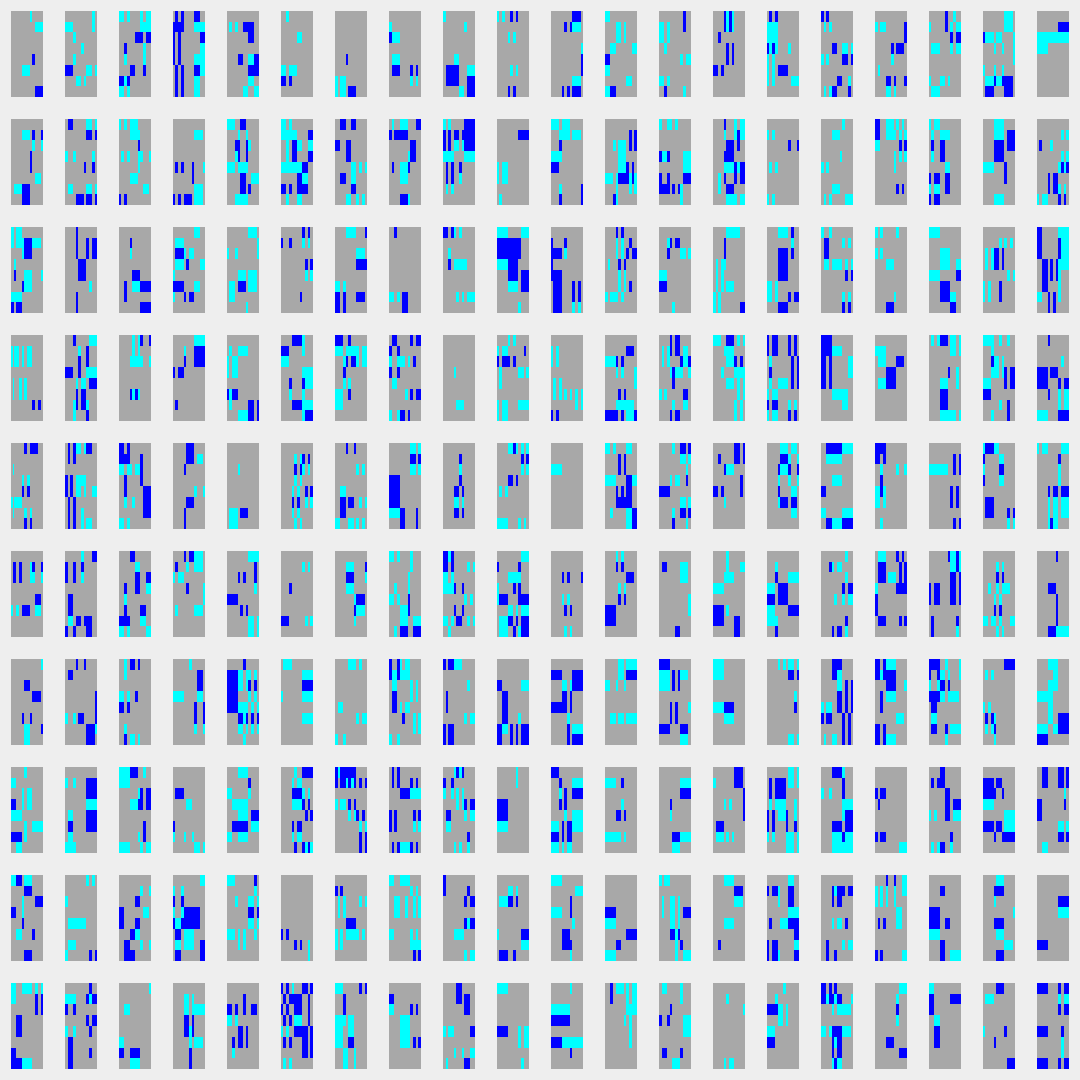Case study
Subsurface Geology
Energy industries pursuit innovation for a future of reliable and clean energy. Nextbit helps them to reach that future.
3 AI experts
1 UI Designer
2 Data Visualisation Engineers
1 Project Manager
2 Solutions Architects
3 Domain Experts
Problem
Towards a new energy paradigm
This client was a global energy company with a long-term vision to play a key role in the transition towards a sustainable, low-carbon future. This transition necessitates the reduction of oil exploration activities around the world, particularly the extraction of large amounts of rock from the ground.
By applying innovative algorithms to drilling data and chemical-physical analyses of core plugs, we assessed the possibility of testing for the presence of oil or natural gas at specific well depths without performing core extractions, which are inefficient, expensive and dangerous.
Solution
Artificial intelligence algorithms applied to subsurface geology
In order to reduce the use of core extractions at drilled wells, it is necessary to identify meaningful geological patterns from wireline data.
Machine learning and artificial intelligence algorithms proved to be valuable in the fields of tabular data and image analysis. Energy companies must respond to innovation and apply cutting-edge methods, such as image alignment, depth matching, missing core fragment reconstruction, and the recognition of patterns in geologic images, in order to solve domain specific problems.
Nextbit has been hired to solve daunting and complex business problems in the oil and gas industry, and we have never failed to implement effective solutions.

Align the core cardinal orientation
The orientation of the extracted core is not known after the drilling. On the other hand, the wireline Formation MicroImager (FMI) data preserves this information, so the correct alignment between the FMI image and the core photo allows the recovery of the correct orientation of the extracted core.
The application of convolutional filters to the input images permits to estimate the degree of misalignment, that is the rotation needed by the core photo to be aligned with its respective FMI.

Evaluate the depth-shift on gamma-ray
The use of different technologies to inspect the same physical quantity may introduce systematic errors, like a depth shift between core and wireline gamma-ray logs.
The application of a matching method for noisy, irregularly sampled time series provides the correct shift value, and it proved to be robust over the high noise and the irregular sampling.

Reconstruction of missing core fragments
Artificial intelligence algorithms trained over massive amounts of geological images open a new set of possibilities to find patterns and relevant features for decision-making in the oil&gas energy industry.
towards the future
Working toward sustainable energy development
The major oil companies in the world are adopting strategies based on a circular economy model. Such approaches allow for sustainable energy development while also protecting the natural environment.
The long-term goal of attaining business sustainability in a low-carbon economy must be based on industrial-scale innovation on the economic, environmental and technical-operational levels.
The introduction of artificial intelligence algorithms to support automated technical operations is likely to play a central role in this innovation process. Nextbit has been working for years to address challenging problems in the field of subsurface geology, such as deducing missing core properties from available data, recognizing features and virtually rebuilding damaged or missing parts of the core.
Find out how Nextbit can empower your team today
Drop us a line at contact@nextbit.it